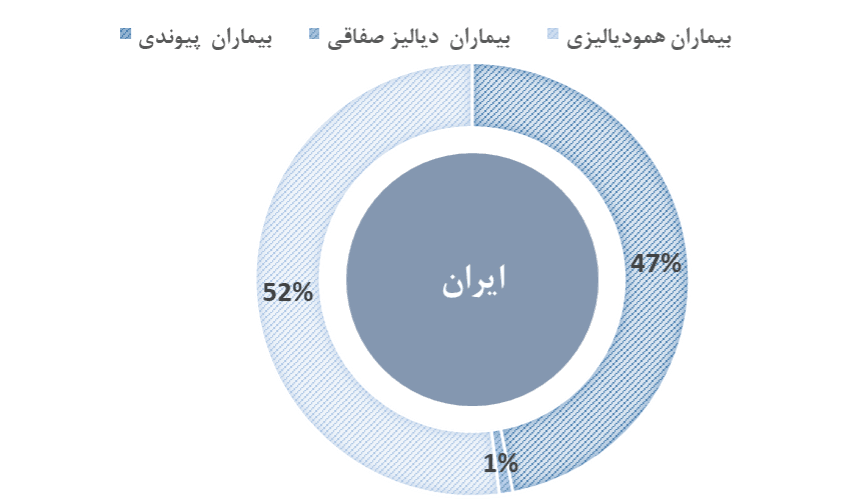Dialysis Statistics
- Diasys
- Dialysis Statistics
Dialysis Trend
10% of the world's population suffers from kidney disease
Currently, more than 850 million people worldwide suffer from kidney diseases. This number is comparable to 422 million people with diabetes, 42 million people with cancer, and 37 million people with AIDS or HIV infection. Of these, more than 3.5 million people are in the advanced stage of chronic kidney disease (ESRD), whose lives are preserved with the help of the therapeutic modality of dialysis.
Kidney disease is a major global health problem. It is the 10th leading cause of death worldwide, and it is estimated that 1 in 10 people will develop kidney disease in their lifetime.
There are many causes of kidney disease, including:
Diabetes
High blood pressure
Family history of kidney disease
Certain medications
Some infections
Certain autoimmune diseases
The symptoms of kidney disease can vary depending on the severity of the disease. Early symptoms may include:
Fatigue
Loss of appetite
Nausea
Vomiting
Swelling
Blood in the urine
As kidney disease progresses, the symptoms may become more severe and include: Confusion
Hallucinations
Seizures
Coma
There is no cure for kidney disease, but there are treatments that can help to slow the progression of the disease and improve quality of life. These treatments include:
Medications to control blood pressure and blood sugar
Diet and exercise changes
Dialysis
Kidney transplant
Confusion
Hallucinations
Seizures
Coma
Medications to control blood pressure and blood sugar
Diet and exercise changes
Dialysis
Kidney transplant
Dialysis is a procedure that removes waste products and excess fluid from the blood when the kidneys are no longer able to do so. There are two main types of dialysis: hemodialysis and peritoneal dialysis.
Hemodialysis is done in a hospital or clinic three times a week for 3 to 4 hours each time. During hemodialysis, blood is removed from the body and passed through a machine that filters out waste products and excess fluid. The filtered blood is then returned to the body. Peritoneal dialysis is done at home. A catheter is inserted into the abdomen, and dialysate fluid is circulated through the abdomen. The dialysate fluid absorbs waste products and excess fluid from the blood. The dialysate fluid is then drained from the abdomen.
Kidney transplantation is the only cure for kidney disease. However, there is a shortage of donor kidneys, and not everyone who needs a kidney transplant is eligible to receive one. Kidney disease is a serious condition, but with early detection and treatment, people with kidney disease can live long and healthy lives.

Dialysis in Iran
76K ESRD Patients
In Iran, by the end of 2022, the population of patients with chronic kidney disease with advanced renal failure (ESRD) reached over 76,000. Of these, 38,000 are undergoing kidney replacement therapy of the hemodialysis type in over 625 dialysis centers in different parts of the country.
Dialysis is a life-saving treatment for patients with advanced kidney disease. It helps to remove waste products and excess fluid from the blood when the kidneys are no longer able to do so.
In Iran, hemodialysis is the most common type of dialysis. It is done in a hospital or clinic three times a week for three to four hours each time. During hemodialysis, blood is removed from the body and passed through a machine that filters out waste products and excess fluid. The filtered blood is then returned to the body.
Hemodialysis is a complex and demanding treatment, but it can help patients with ESRD to live long and productive lives.
According to the Iranian Society of Nephrology, the number of patients with ESRD in Iran is increasing at an alarming rate. This is due to a number of factors, including:
The increasing prevalence of diabetes and hypertension, which are the leading causes of kidney disease.
The aging population of Iran.
The lack of awareness of kidney disease among the public.
The Iranian government is taking steps to address the growing problem of ESRD. These include:
Expanding the network of dialysis centers across the country.
Providing financial assistance to patients with ESRD.
Raising awareness of kidney disease among the public.
These efforts are essential to ensure that patients with ESRD in Iran have access to the care they need to live long and healthy lives.

